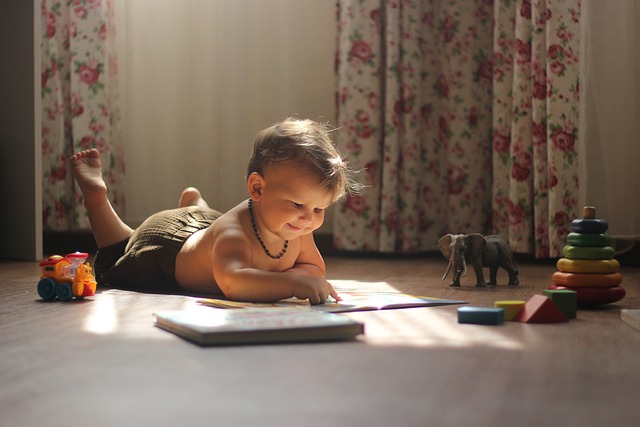Life is a constant hustle, a pursuit of dreams, goals, and passions. Deep within, we all have that fire — sometimes it dims, sometimes it’s just a flicker, but it’s always there. It’s that restless energy that won’t let you settle, the one that nudges you to keep moving forward, to strive for more, to play your unique tune no matter what.
Imagine yourself as a piper, crafting your own melody amidst the highs and lows of life. You’re the rock star of your own story, even if sometimes it doesn’t feel that way. Those failures you dread? Think of them as the wild guitar solos in the soundtrack of your life – they add depth, character, and an edge to your journey. And the obstacles? Those unexpected twists are just opportunities in disguise. Every challenge you’ve faced has made you stronger and wiser, shaping you into a resilient version of yourself. You’ve been through it before, and every time, you’ve risen stronger.

But life isn’t all about constant grinding. It’s about balance too. Taking a step back, finding moments of peace, and reconnecting with yourself is essential. These moments of calm, reflection, and self-care are not just breaks – they’re fuel for the next leg of your journey. This time, aim for a new and improved kind of peace, one that truly calms your nerves and lets your thoughts flow freely.
When it comes to success, chase it with passion. But remember, it’s not just about the money. Pursue something that lights you up, something you’d do even if it didn’t pay – because that’s where true fulfillment lies. Your dreams and aspirations are worth fighting for. Waiting for the perfect moment or the perfect support system might feel comforting, but it’s a trap. The only time to act is now. When you pour your heart into something you love, success becomes an inevitable byproduct.
The truth is, you don’t need to carry the weight of other people’s dreams. You’ve got your own life, your own goals, and your own path to carve. Believe in yourself, and don’t let doubt hold you back. Surround yourself with people who uplift you, who vibe with your energy, and who inspire you to dream bigger. Don’t underestimate your own knowledge or capabilities – you’ve got what it takes.
So, keep that inner spark alive and kicking. Nurture it, fan its flames, and let it fuel your journey. You’ve got the rhythm, the drive, and the unique energy to make it all happen. Dance to your own music, embrace the journey with open arms, and let your dreams steal the show.
You’re not just chasing success; you’re creating a life that’s authentically yours. Keep moving, keep believing, and keep hustling – the world is waiting to see your spark shine.














